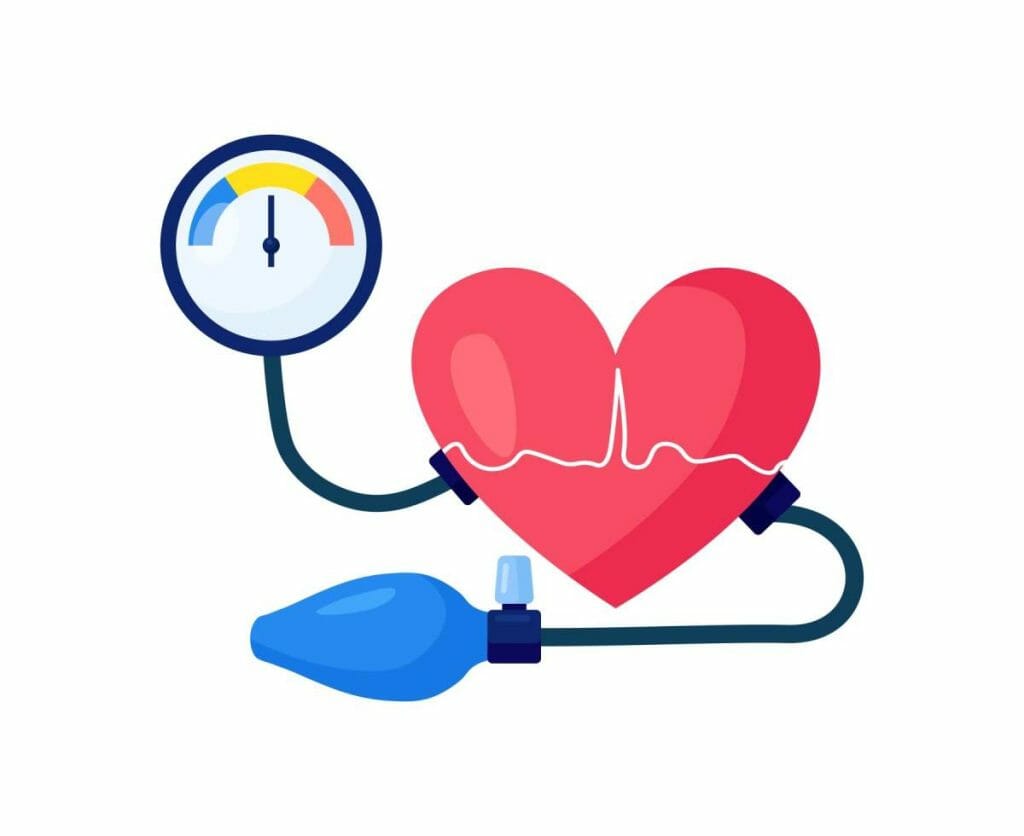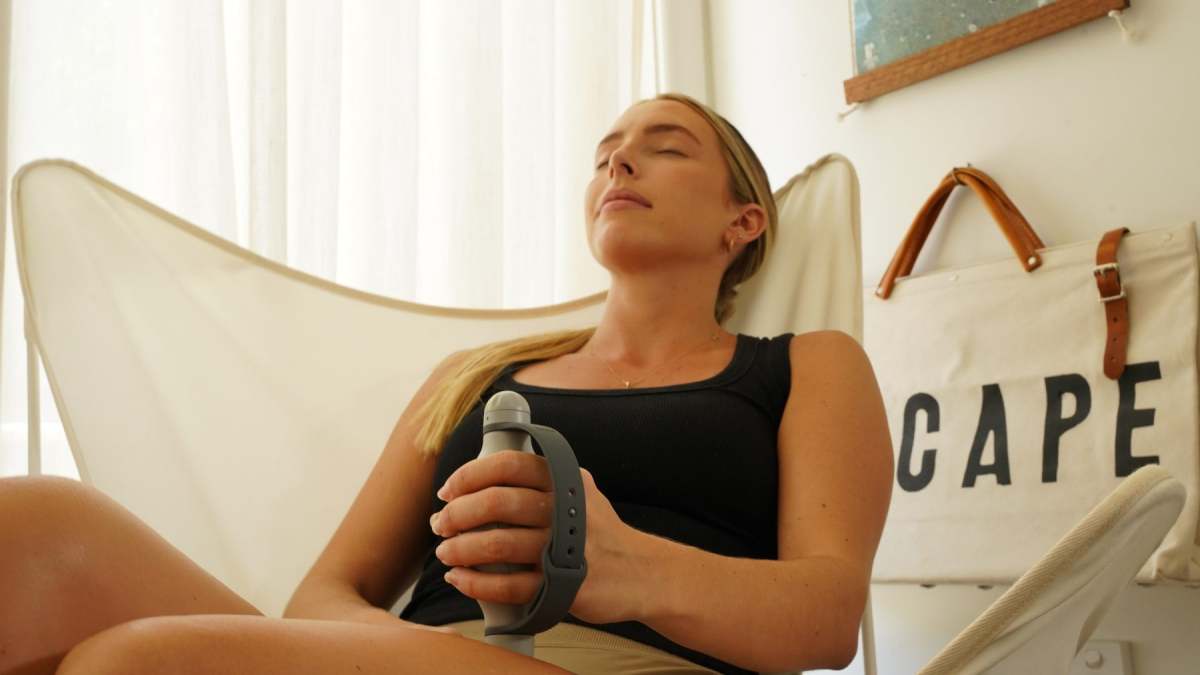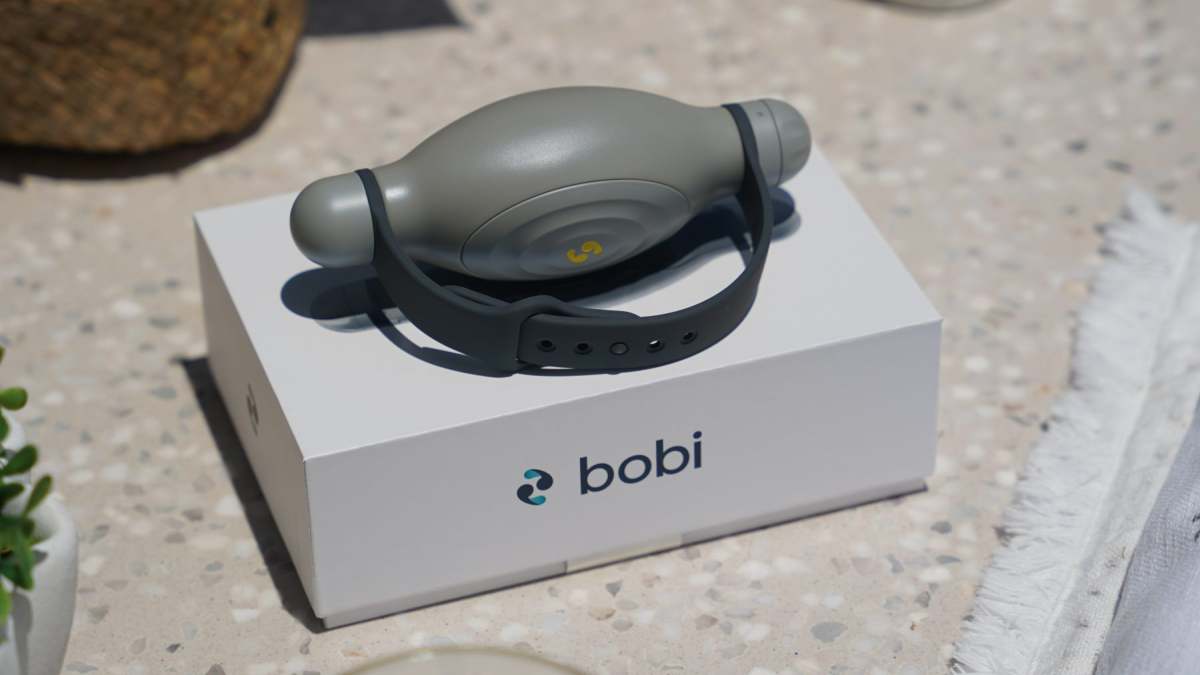
High blood pressure, also known as hypertension, is a major public health issue. In the US nearly half of adults have hypertension (48.1%, 119.9 million) or are taking medication for hypertension. Therefore, it’s crucial to arm yourself with a thorough knowledge of this widespread issue and everything related to blood pressure control.
In this blog, we will explore the state of play of blood pressure, including the adverse health impact of uncontrolled hypertension. We will dive into some natural interferences that can help with blood pressure control, including slow conscious breathing and isometric hand exercises with an innovative device “bobi” crafted for effective blood pressure control.
Nowadays, the biggest issues in both men and women is High blood pressure, indicating over 65 million of Americans (half of Americans) are suffering from hypertension according to American Heart Association.
Narrow arteries build up more hinderance for blood to flow out of the heart. It’s like the pumping of blood via circulatory system is under high pressure similar to the water flow in house pipes. Just like high water pressure can impair pipes, similarly high blood pressure has its own troubles.
High blood pressure, or hypertension, affects millions of people worldwide and becomes a reason for a variety of diseases. It increases the risk of heart disease, stroke, and other cardiovascular complications, including heart attack. Moreover, tiny bulges known as aneurysms can develop in arteries. Regular monitoring helps identify any changes or abnormalities.
Understanding the normal blood pressure range and maintaining it is essential for optimal health. You can naturally step in and manage your blood pressure by incorporating techniques such as slow conscious breathing and isometric hand exercises. It’s proven that these interventions have a calming effect on the body and contribute to better heart health.
Here comes the question ‘What causes high blood pressure’. Following are some key causes of blood pressure in the modern world:
It is important to address these key causes of blood pressure, including family history for regulating blood pressure.
When it comes to managing hypertension, several natural interferences can be highly effective. Although medication is a chief treatment for regulating blood pressure, natural interventions such as a wholesome lifestyle and can notably assists or improve BP control.
A healthy diet with reduced sodium intake and increased potassium-rich foods can support blood pressure control. Making lifestyle changes, such as maintaining a healthy weight, limiting alcohol consumption, strengthening the breathing muscles, yoga, meditation, can also positively impact blood pressure.
Furthermore, Slow conscious breathing, along with handgrip exercises, has shown promising results in lowering blood pressure levels. Additionally, regular aerobic exercise and strength training can help improve blood pressure. These natural interventions offer an easy and accessible way to manage blood pressure effectively. Let’s explore these lifestyle habits in a little bit of depth:
Yoga, an ancient exercise, integrates physical postures (asanas), breathing exercises (pranayama), and meditation, providing an all-inclusive method to regulating blood pressure. When you blend soft movements and mindful breathing, yoga fosters peace, improves blood circulation, and lowers stress, which reduces blood pressure at once.
Pranayama, especially activates the parasympathetic nervous system, reduces the heartbeat and relaxes the body. The physical movements, on the other hand, enhance plasticity and blood flow, whereas, the meditation facet assists in lowering the discharge of stress hormones such as cortisol that can cause hypertension.
Therefore, people suffering from high blood pressure can benefit a lot by adopting soft forms of yoga such as Hatha or Restorative yoga. These types of yoga concentrate on controlled, slow activity coupled with deep breathing, which helps manage hypertension and relaxation.
Another powerful weapon for stress handling, which affects blood pressure straight off is meditation. Relaxing the mind and lowering the release of stress hormones such as adrenaline or cortisol through meditation reduces both systolic and diastolic blood pressure. Moreover, it fosters calmness of blood vessels, boosting blood circulation and decreasing opposition in the arteries.
If we talk about the long-standing advantages of meditation, involves improved emotional regulation and extended flexibility to routine stress. Both of these factors serve to sustain normal blood pressure levels. In this regard, Transcendental Meditation (TM ) in which a person quietly repeats a mantra to attain deep relaxation, has been found practical in reducing blood pressure levels.
Dietary changes are a critical key to the doorway of regulating blood pressure, including one of the most efficient techniques called the DASH ((Dietary Approaches to Stop Hypertension) food. This meal highlights vegetables, fruits, whole grains low-fat dairy, and lean proteins while lowering sodium, sugars, and saturated fats.
Moreover, adding potassium-rich foods like spinach, bananas, and sweet potatoes aids in stabilizing sodium levels in the body, which consequently decreases pressure on the artery walls. Likewise, calcium and magnesium reinforce vascular operation and are present in foods like nuts, greens, and low-fat dairy.
Weight plays a crucial role in high blood pressure. So, keeping a healthy weight is essential for blood pressure control. Extra weight especially all over the abdomen, grows pressure on the heart and cause hypertension. Sometimes even moderate weight can give rise to notable refinements in blood pressure as it lowers the load on the heart and enhances flow.
Additionally, weight loss contributes to insulin vulnerability and this is crucial for preserving healthy blood pressure. This is because insulin sensitivity is a routine problem connected to hypertension.

Slow conscious breathing involves taking deliberate, controlled breaths slowly and gently. This technique activates the body’s relaxation response, helping to reduce stress levels. Not only does slow conscious breathing have a calming effect on the mind, but it can also have a positive impact on blood pressure.
According to some studies when you incorporate this practice into your daily routine, it helps lower both systolic and diastolic blood pressure readings. Therefore, the ideal routine is to dedicate just a few minutes each day to slow conscious breathing exercises, to enjoy significant benefits for blood pressure control and overall heart health.
Additionally, nitric oxide is produced naturally by the human body and is widely cited as one of the most important molecules for blood vessel health.
Repeated studies have confirmed nitric oxide increases blood flow and lowers blood pressure.
Moreover, in certain pathological conditions, such as hypertension, there is reduced production or bioavailability of nitric oxide, which prevents the buildup of plaque in arteries. One crucial way the body produces increased nitric oxide is through nasal breathing. Coaching people to breathe nasally has become one of many non-pharmacological interventions for high blood pressure and is supported by multiple studies.
Slow conscious breathing is a powerful technique that has been proven to have a positive effect on reducing blood pressure levels, including meditation. When we engage in slow conscious breathing, the vagus nerve is activated, which plays an important role in lowering blood pressure.
A recent research project published reveals the positive impact of conscious breathing, including meditation, on blood pressure control.
According to the study, practicing conscious breathing, including meditation, for just a few minutes a day can significantly reduce blood pressure levels and improve overall cardiovascular health.
These findings add to the growing number of studies that highlight the benefits of conscious breathing, including meditation, for a range of health issues.
In addition to regulating blood pressure, deep conscious breathing has other benefits as well. For instance, it can promote relaxation, which can help reduce stress-related high blood pressure. Furthermore, slow conscious breathing improves blood circulation and oxygenation, both of which are crucial for maintaining healthy blood pressure levels.
Slow conscious breathing stimulates the diaphragm and respiratory muscles, activating the parasympathetic nervous system. This leads to decreased heart rate and blood pressure. It also increases nitric oxide production, relaxing blood vessels. Regular practice improves cardiovascular health, reduces the risk of heart disease, promotes relaxation, and reduces inflammation.

Isometric hand exercises involve exerting sustained effort while squeezing a small object, such as a stress ball or handgrip. These static contraction exercises activate the muscles in the hand and forearm, increasing blood flow. According to a study published in the British Journal of Sports Medicine, this activation triggers a reflex response that dilates blood vessels, resulting in decreased blood pressure.
So, handgrip exercises improve cardiovascular health by strengthening the muscles involved in blood pressure regulation.
Studies have shown that regular practice of isometric hand exercises can help lower blood pressure readings. This is considered an effective and convenient technique for blood pressure control.
If you want to contribute to your heart health include these exercises in daily activities, such as while watching TV or working at a desk. According to recent research isometric exercise is a powerful form of exercise to reduce blood pressure.
The long-term benefits of regular practice include effective blood pressure control. However there are other benefits too, let’s dive deep into them:
According to studies, Isometric resistance exercise has been classified as one of the best non-pharmacological interventions for preventing and treating hypertension in the 2017 American College of Cardiology and American Heart Association guidelines.
Isometric hand exercises have a positive impact on our bodies. They stimulate muscles and tendons, improving blood flow. These exercises increase nitric oxide production, helping to relax blood vessels and lower blood pressure. Regular practice improves grip strength and cardiovascular endurance, making it a convenient way to blood pressure control.
bobi, a specially designed device, assists in blood pressure control by combining the powerful effects of conscious breathing and isometric hand exercises. It provides guided instructions for slow conscious breathing and represents a unique tool for building the habit of better breathing.
bobi offers physical resistance, ideal for squeezing exercises, facilitating optimal blood pressure regulation. Convenient and effective, bobi is a unique solution for individuals seeking to maintain healthy blood pressure levels. Enhance your cardiovascular health with bobi’s innovative approach.
In short, conscious breathing and isometric hand exercises are natural and effective ways for blood pressure control. By practicing slow conscious breathing, you can activate the body’s relaxation response and lower blood pressure. Isometric hand exercises, incorporated with bobi’s functionality, help improve blood flow and circulation, which can have a positive impact on blood pressure levels. Both of these interventions are backed by scientific research and can be easily incorporated into your daily routine for maximum benefits.
Regular use of bobi can lead to improved overall health and well-being. However, it’s important to consult with a healthcare professional before incorporating any new health routines or using bobi as a tool for managing blood pressure. With regular use and proper guidance, bobi can be a valuable addition to your overall wellness routine.

Hypertension, also known as high blood pressure, is a major public health issue affecting nearly half of adults in the U.S. (48.1%, or 119.9 million people). It increases the risk of heart disease, stroke, and other cardiovascular complications.
There are several natural interventions for managing blood pressure, including slow conscious breathing and isometric hand exercises. Other methods include regular aerobic exercise, strength training, and dietary changes like reduced sodium intake and increased potassium-rich foods.
Slow conscious breathing involves taking deliberate, controlled breaths slowly and gently. This technique activates the body’s relaxation response, reducing stress levels and having a positive impact on blood pressure. Studies have shown that practicing this technique can help lower both systolic and diastolic blood pressure readings.
Isometric hand exercises involve squeezing a small object, such as a stress ball or handgrip, for a sustained period. These exercises activate the muscles in the hand, arm, and shoulder, contributing to overall blood pressure control. Studies have shown that regular practice can help lower blood pressure readings.
bobi is your breathing coach that combines the benefits of slow conscious breathing and isometric hand exercises. It provides guided instructions for these techniques and offers physical resistance ideal for isometric hand exercises, facilitating optimal blood pressure regulation.
Isometric exercise possesses the power to notably reduce both diastolic and systolic blood pressure by enhancing vascular functioning and lowering blood vessel hardness. These exercises are successful, moderate alternatives for handling hypertension and helping with cardiovascular well-being.
Slow conscious breathing works by provoking the parasympathetic nervous system that fosters calmness and lowers heartbeat. This consequently reduces blood pressure and stress hormone levels, decreases vascular pressure and enhances overall well-being.
Yes, there are natural methods that help regulate high blood pressure involving lifestyle changes such as consistent exercise, a heart-healthy meal (e.g., DASH), stress decreasing techniques like meditation and yoga, and keeping up a healthy weight.
A poor meal especially with unhealthy fats, higher sodium intake, and processed foods causes high blood pressure by raising blood vessel wall stiffness and fostering fluid reservation. On the other hand, a diet rich in nutrients with magnesium, potassium, and low sodium sets blood pressure and heart health.
Yes, people with a family history of high blood pressure have higher chances of building up hypertension, as particular genetic makeup can affect how the body controls BP.
Stay updated on what's happening at bobi, and all things breathing, anxiety and mental wellness.